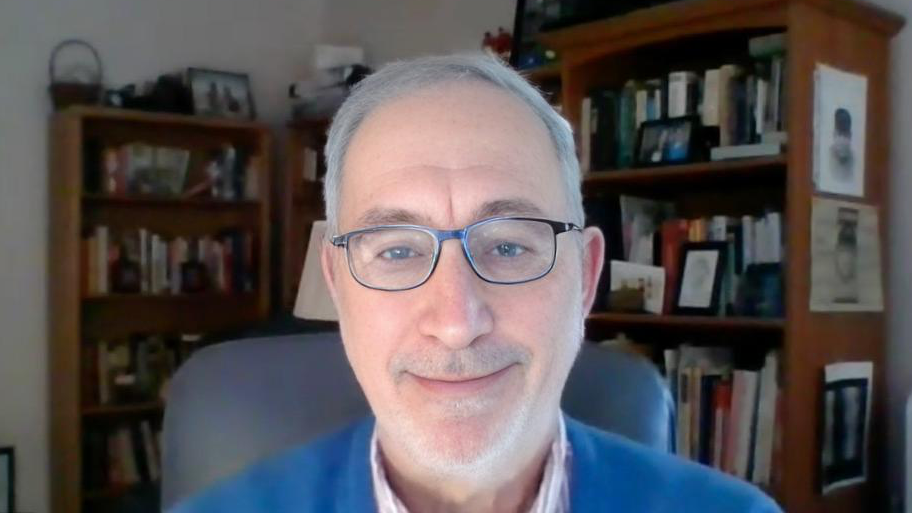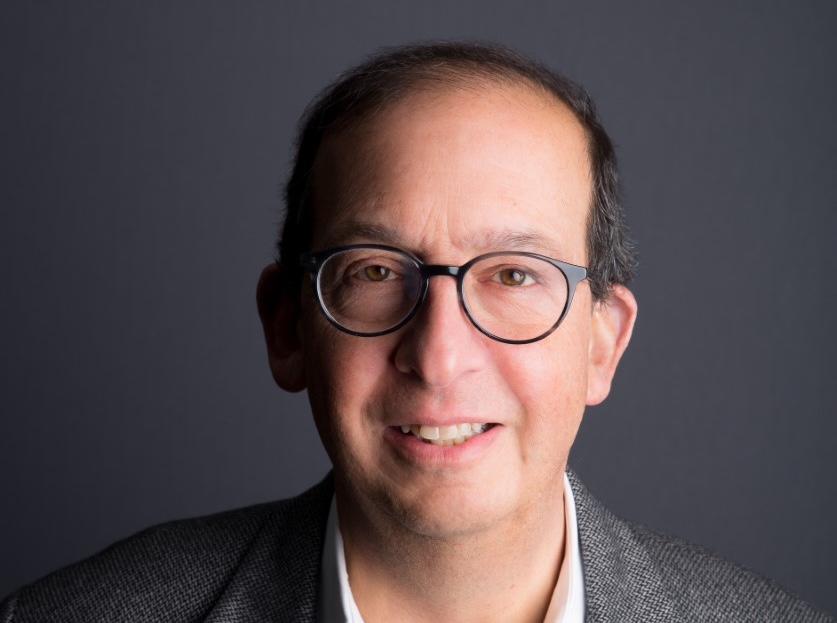On the basis of his long experience in the sector, the advisor, observer, and commentator talks to Michael E. Hartmann about how the nature of charitable giving has changed and how those changes affect fundraising challenges, including because of DAFs.
Alan Cantor has decades’ worth of experience at nonprofit organizations—as an executive, fundraiser, and board member, among other things—and being a consultant to them. As principal of Alan Cantor Consulting in Concord, N.H., he also offers regular observations about nonprofitdom through his writing and speaking engagements.
Cantor himself is enthusiastically good-natured, even as he delivers often-incisive commentary. His articles and blog posts generally reflect that same cheeriness and trenchancy.
He was kind enough to join me for a recorded conversation earlier this month to talk about nonprofitdom and just some of his recently published ideas about it. The just more than 15-minute video below is the first part of our discussion; the second is here.
In the first part, we talk about his career, how the nature of charitable giving has changed since he began it, and how those changes affect nonprofits’ fundraising challenges, including because of donor-advised funds (DAFs).
“When I was young, I didn’t know what to do and I ended up working at nonprofits and I kept doing it for 30 years,” Cantor tells me. “It was hard work,” and he concluded after a while that “I love projects that have a beginning, a middle, and an end, and I said I should just become a consultant and that’s what I’ve been doing for 12 years.”
Since the beginning of his career, “there have been some real changes,” according to Cantor. “I became an executive director on my 27th birthday. I was really young,” and a member of the nonprofit’s board “explained to me the 80-20 rule—80% of the money came from 20%” of its supporters. He realized, “Okay. It’s about major donors. That is so quaint now. … It’s 95-5 now, maybe 98-2.
“Nonprofits have to make donors feel good and get donors to give them money, and it’s fewer and fewer, larger and larger donors,” he continues. “That’s tough for me. It’s the reality of the world. … I don’t love that change. …
“At the same time, there are fewer and fewer people are giving to charity … so there’s a disengagement of the larger community from the nonprofits, which is saddening,” Cantor says.
If you get what you need from 10,000 people, that’s much more reliable than getting it from 10 people, because if you alienate one person, you just lost a big chunk of money.
…
There’s less money flowing from the donor community to what I’ll call the working nonprofits, the ones who are feeding people and putting on concerts and teaching kids, all the stuff that nonprofits do.
When “41% or so of the money is going into these intermediaries,” he goes on, “there’s just less money coming out at the end.
The intermediaries include DAFs. “They are warehouses for charitable money,” according to Cantor, among his other critiques of them. “There’s no requirement that DAFs ever get the money out the door. … [T]he money can sit there. And some of the institutions that are the sponsors, well, they have a vested financial interest in the money staying there and they continue taking fees.”
He agrees that his current role allows him more freedom to offer such appraisals. “Sometimes, I’ve talked to journalists” about these issues, and “they say, ‘Could we hear it from a nonprofit leader?’” He quotes himself as answering, “Well, I need to find somebody who’s retiring next week and dying next month.”
“We are beholden. We, the nonprofit community, don’t want to alienate our donors, and many of them feel like if you criticize,” he continues,
then you’re impugning their reputation, and they’re very sensitive. You also don’t want to alienate the local community foundation, often the largest funder in the area, and their bread and butter is donor-advised funds.
Nonprofit leaders do not talk about these things, so I feel like I can say it for them. … [M]ost of them really appreciate it. They come up to me at conferences and whisper in my ear, “Thank you.”
In the conversation’s second part, Cantor discusses those against DAF reform, some of the different kinds of nonprofit board members, different types of grantmaking strategies and tactics, and the underappreciated value of staffs at nonprofits.


